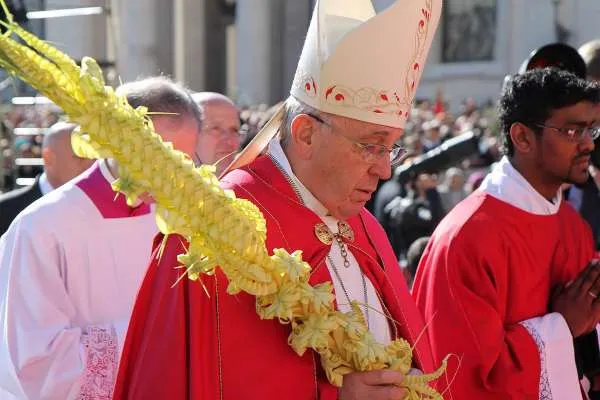Aboard the papal plane, 27 March, 2021 / 10:30 am (ACI Africa).
With the arrival of Palm Sunday, Catholics across the globe will soon be handed spiky leaves. Kids will poke each other with them. But it's safe to say most won't know where they came from.
The feast commemorates Jesus’ triumphant entry into Jerusalem the week before his passion and crucifixion. The Gospels attest that as Jesus entered the city, crowds lay down palm branches and cloaks as he rode into Jerusalem on a donkey.
For centuries, Christians have commemorated the feast day that begins Holy Week by waving branches of either palm or another local tree, as well as with liturgical processions and other celebrations.
Where do all the palms come from? While many Catholics know the final destination of their palms – they are burned to become ashes for next year’s Ash Wednesday – the origin of the leafy branches is less well known.
The journey from tree to church begins with the harvesters around the world who cut and prepare the leaves for their role in worship. The work needed to provide palms for Palm Sunday is so immense that it actually constitutes a full-time year-round job for some harvesters.
While there are more than 2,600 different species of palm that grow across the world, palm plants cannot survive outside of tropical and subtropical climates. Historically, parishes that could not source palm locally would instead substitute branches of another local tree such as olive or willow, although modern churches also have the option of sourcing palm fronds from other regions of the world.
This article was originally published on CNA March 16, 2016.






